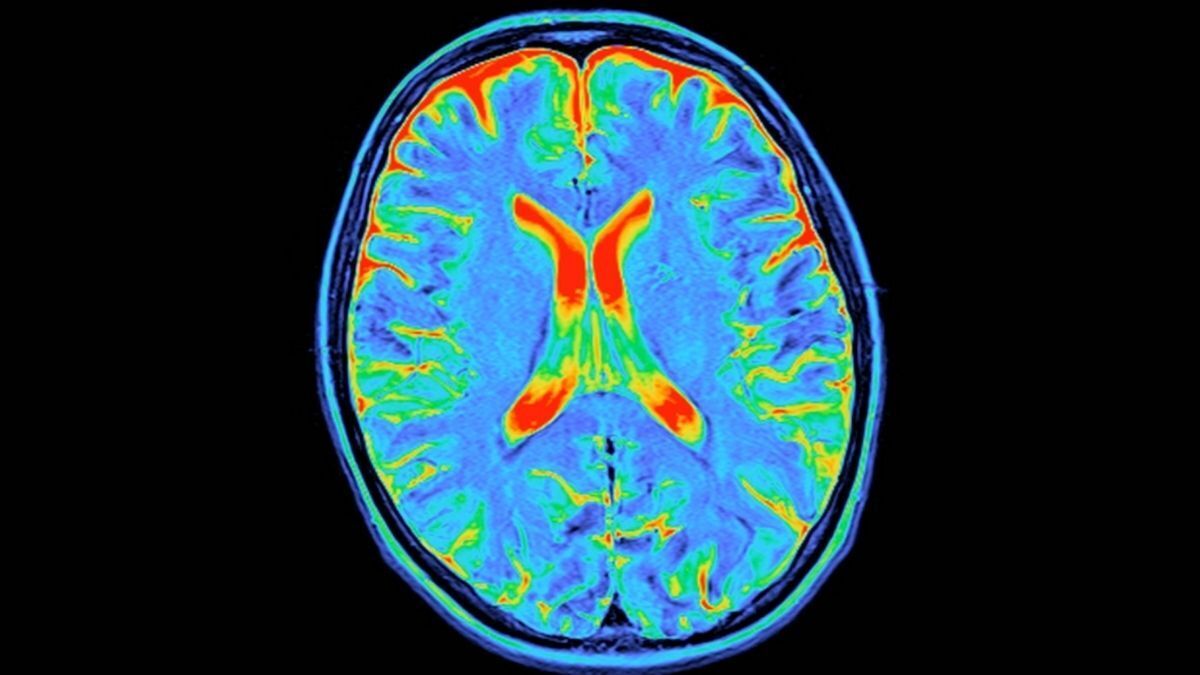The brightest take on this week’s science
Good news, braniacs: Your noggin is still giving birth to new memory neurons.
And long after your brain cells are gone, your teeth can spill all your secrets…
Like the man from ancient Egypt whose 4,500-year-old genome scientists just decoded.
Also in this issue:
🤯 A mind-blowing science fact
🔬 A microscope mystery
✨ A low-key genius breakthrough
Let’s get into it!
LOOK IN
Your brain is still growing neurons
Even in old age, your brain is fighting to stay young.
Tucked away in the hippocampus, a key memory center, scientists in Sweden have found evidence of a neuron ‘nursery’.
Apparently, even as we age, it features newborn brain cells and their stem cell parents.
Until the 1960s, scientists didn’t even realize adult mammal brains could make new neurons
Debate continues, but several studies have found evidence of new neurons in the adult human hippocampus
Now, RNA analysis has identified both newborn neurons and the stem cell progenitors that made them – a missing piece of the puzzle
Neuron birth rates seem to vary from adult to adult, and they slow down after childhood. But even a few fresh brain cells can make a big difference in the long run.
We’ll take what we can get.
HEADLINES
What else we're watching
🏅This week’s most read: Your poop schedule says a lot about your overall health
LOOK OUT
This is the oldest Egyptian DNA
The oldest human DNA from ancient Egypt has revealed a curious character.
The male individual of advanced age lived more than 4,500 years ago, right when the first pyramids were being built, at a cultural crossroads.
About 80 percent of his genome is linked to lineages in North Africa, and 20 percent to lineages further afield in West Asia.
The ancient man was buried in a large pottery vessel inside a rock-cut tomb
His heavily worn teeth suggest he grew up in the hot and dry Nile river region, eating animals, plants, wheat, and barley
He likely had brown hair, brown eyes, and dark skin
The older man’s severe arthritis and general posture point to the life of a potter, and yet his intricate burial indicates an elite social class.
Some secrets are not so easily sequenced.
ZOOM ZONE
Microscope mystery: What do you see?
A) Snowflake
B) Fern frond
C) Detergent
D) Soy sauce
Answer at the bottom.
LOW-KEY GENIUS
You can now rent a flesh computer
Just what you’ve always wanted…
Australian start-up, Cortical Labs, has put the world’s first ‘code-deployable biological computer’ up for sale – a silicon chip dipped in 800,000 moving, growing brain cells.
All yours for the cool price of US$300 per week – or why not buy it outright for $35,000?
“The neuron is self programming, infinitely flexible, and the result of four billion years of evolution. What digital AI models spend tremendous resources trying to emulate, we begin with,” the company claims.
That may be true, but this ‘wetware’ is still no match for your typical hardware.
It might beat you at pong, but it’s not going to become a pocket-sized personal mini brain anytime soon.
Still, disturbingly cool.
WOW FACTOR
Science fact of the week
The deep ocean floor is our planet’s largest ecosystem, and yet we’ve only glimpsed 0.001 percent of it.
That’s a slice of ocean roughly the size of Rhode Island – the smallest US state.
Need a reminder of how little an area that is?👇
… yep, that little box.
DOPAMINE HIT
Before you go…
Grow forth. Be like the slime mold.

Microscope answer: soy sauce crystals.
Soy sauce ‘diamonds’ are intricate structures that form in mesmerizing moments when salt crystallizes. This delicious sauce is an art form no matter how you serve it – on a microscope plate 🔬 or a dinner plate 🍽️
That’s all for today… see you next week!
Over and out,
- Carly








